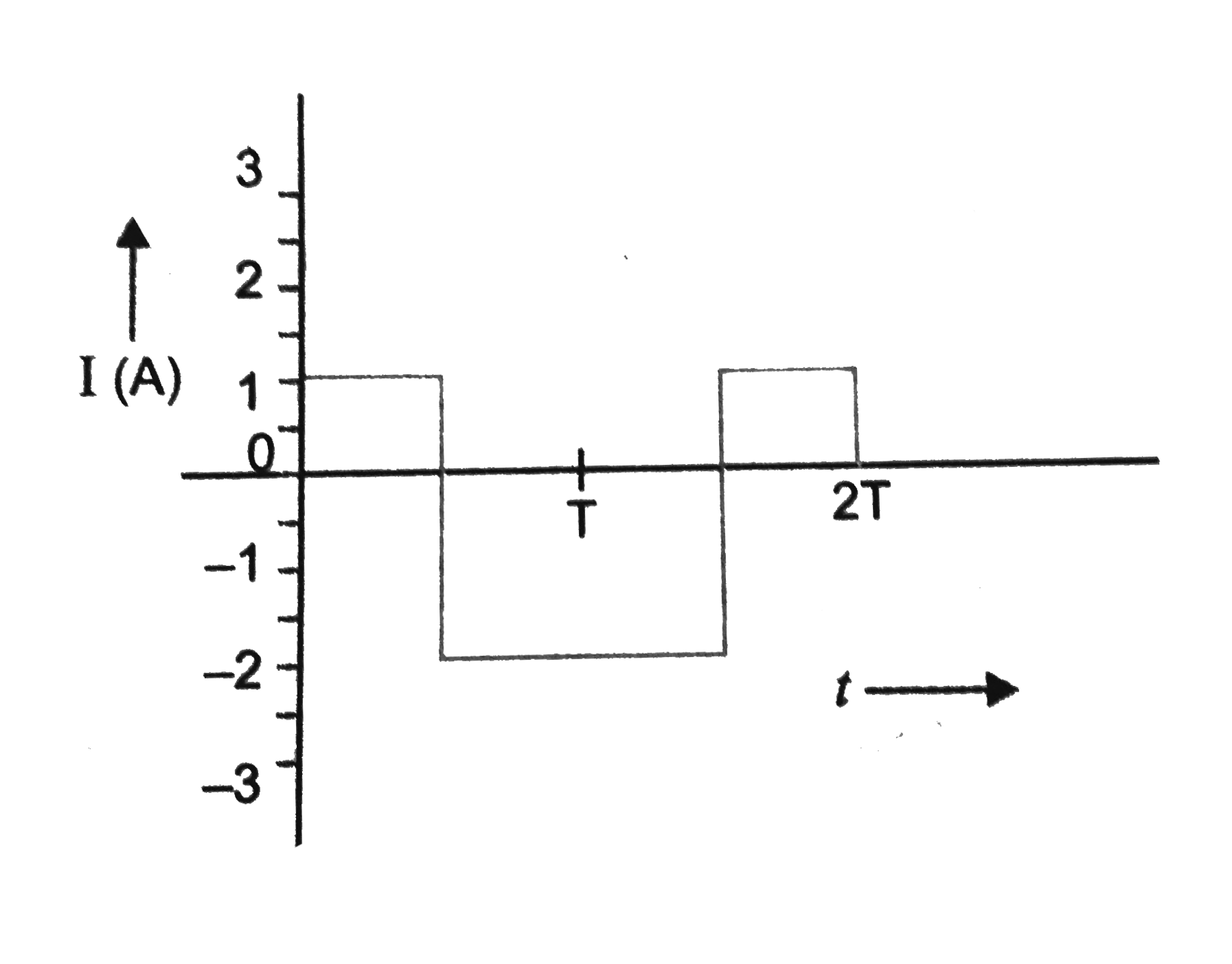In alternating current circuits, the a.c. meters measure
r.m.s. value
Peak vaue
Mean value
Mean square value
The correct Answer is:A
To solve the question regarding what AC meters measure in alternating current circuits, we can follow these steps:
Step 1: Understand the AC Voltage Waveform
In an alternating current (AC) circuit, the voltage varies sinusoidally with time. The voltage can be represented mathematically as:
V(t)=V0sin(ωt)
where:
- V(t) is the instantaneous voltage,
- V0 is the peak (maximum) voltage,
- ω is the angular frequency,
- t is time.
Step 2: Define Peak Value
The peak value V0 is the maximum voltage reached by the AC waveform. It is important to note that this value is not what is typically used for calculations in AC circuits.
Step 3: Define Root Mean Square (RMS) Value
The root mean square (RMS) value of an AC voltage is a measure of the effective voltage. It is defined as:
Vrms=V0√2
This value is significant because it gives the equivalent DC (direct current) value that would produce the same power in a resistive load.
Step 4: Conclusion
AC meters, such as voltmeters and ammeters, are designed to measure the RMS value of the alternating current or voltage. Therefore, the correct answer to the question is that AC meters measure the root mean square value.
Final Answer
In alternating current circuits, AC meters measure the root mean square (RMS) value.
---
In an alternating current (AC) circuit, the voltage varies sinusoidally with time. The voltage can be represented mathematically as:
V(t)=V0sin(ωt)
where:
- V(t) is the instantaneous voltage,
- V0 is the peak (maximum) voltage,
- ω is the angular frequency,
- t is time.
The peak value V0 is the maximum voltage reached by the AC waveform. It is important to note that this value is not what is typically used for calculations in AC circuits.
The root mean square (RMS) value of an AC voltage is a measure of the effective voltage. It is defined as:
Vrms=V0√2
This value is significant because it gives the equivalent DC (direct current) value that would produce the same power in a resistive load.
AC meters, such as voltmeters and ammeters, are designed to measure the RMS value of the alternating current or voltage. Therefore, the correct answer to the question is that AC meters measure the root mean square value.
In alternating current circuits, AC meters measure the root mean square (RMS) value.
Similar Questions
In an alternating current circuit consisting of elements in series, the current increases on increasing the frequency of supply. Which of the following elements are likely to constitute the circuit ?
View SolutionAs the frequency of an alternating current increases, the impedance of the circuit
View Solution
Knowledge Check
In an alternating current circuit consisting of elements in series, the current increases on increasing the frequency of supply. Which of the following elements are likely to consitute the circuit ?
AOnly resistorBResistor and inductorCResistor and capacitorDOnly inductor
Both alternating current and direct are measured in ampers. But how is the ampere defined for an alternating current ?
View SolutionThe alternating current in a circuit is described by the graph shown in Fig. Show rms current in this graph.

View SolutionThe alternating current in a circuit is given by I=50sin314t. The peak value and frequency of the current are
View SolutionAn ac ammeter is used to measure currnet in a circuit. When a given direct current passes through the circuit. The ac ammeter reads 3 A. When another alternating current passes through the circuit, the ac ammeter reads 4A. Then find the reading of this ammeter (inA), if dc and ac flow through the circuit simultaneously.
View SolutionIn an ac circuit the current
View SolutionAlternating current can not be measured by D.C. Ammeter because
View SolutionAlternating current can not be measured by D.C. Ammeter because
View Solution
